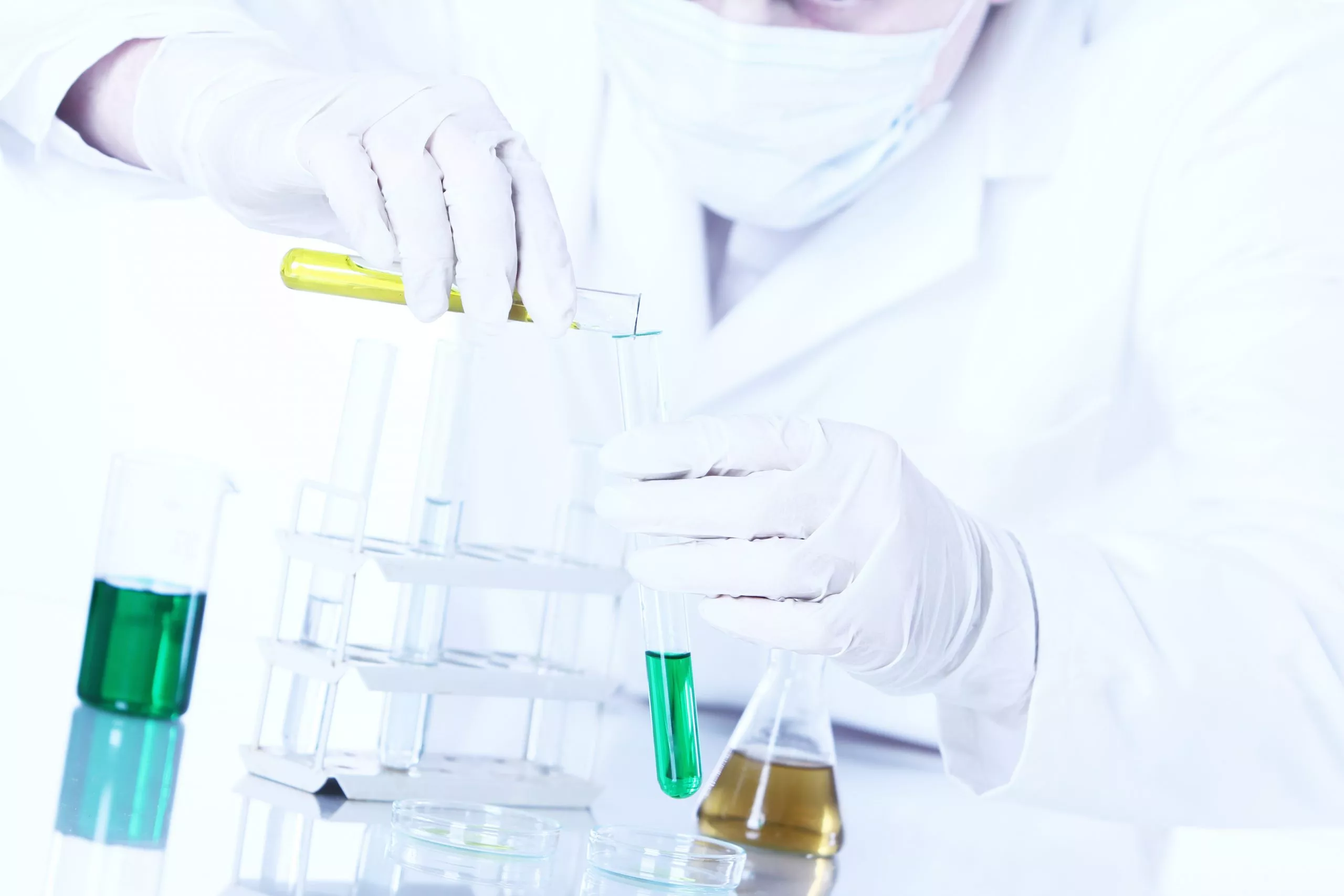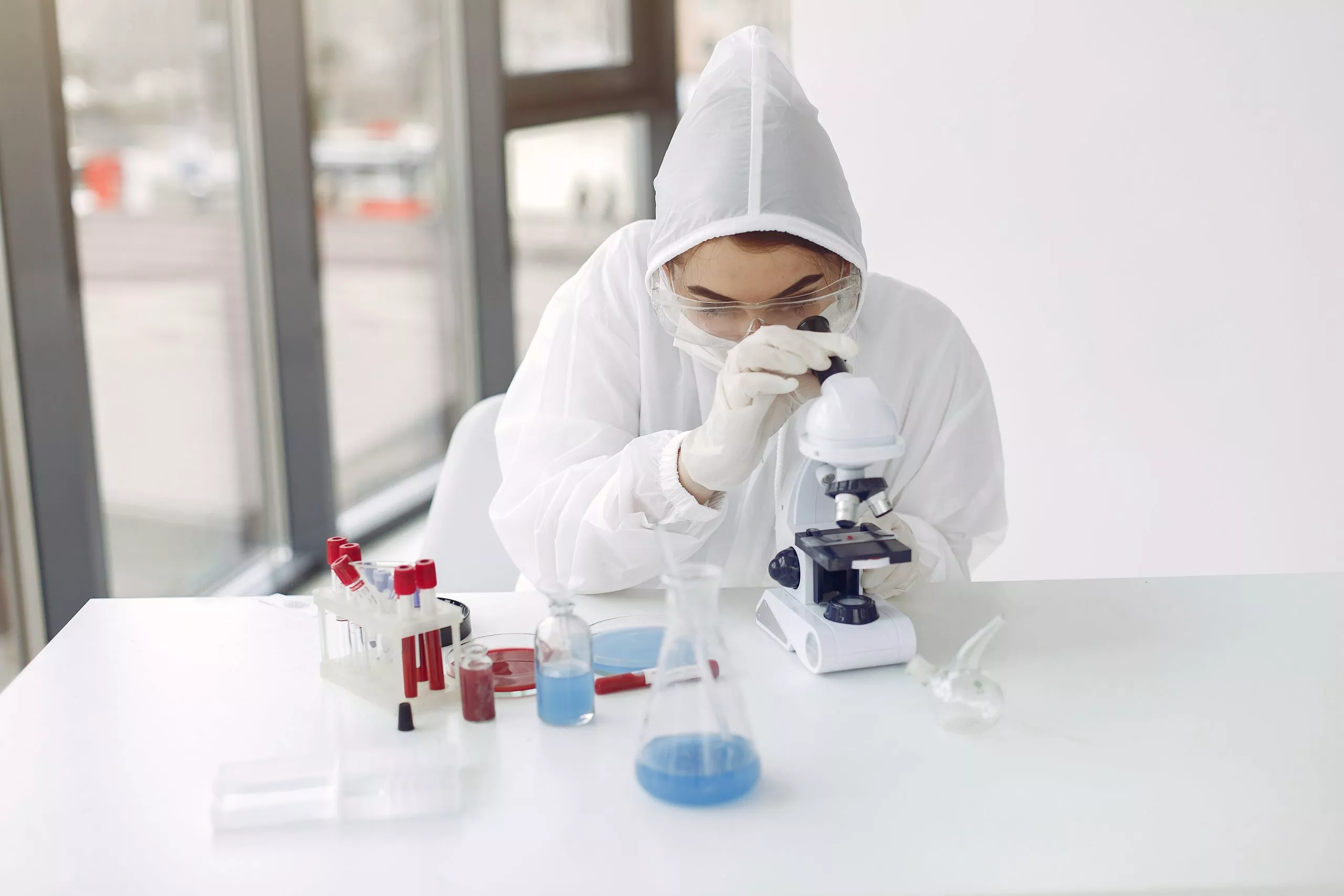


Research and analysis activities produce waste with a particularly high risk of infection due to the presence of pathogens, often in high concentrations.
Some facilities may also produce biocontaminated waste containing or likely to contain highly pathogenic micro-organisms, such as:
In analysis, research or production activities, infectious waste is commonly known as related biohazardous waste.
Biologically contaminated waste from analysis, research or manufacturing activities is made up largely of single-use material that must be destroyed:

In these facilities, liquid biohazardous waste is handled in the form of blood, culture media, gel media, waste from automated analyzers. This generates heavy lab waste with a high kg/L density (mass to volume ratio).
In general, lab waste is packaged in bags (that may be autoclaved or not), biohazardous waste containers or drums.

To dispose of analytic, research or manufacturing biohazardous waste, prior treatment is often required by law, regulation and/or local guidelines in many countries.
In this case, waste is previously decontaminated in a sterilization autoclave. Autoclaving in a sterilizer reduces the starting microbial load, however often biohazardous waste is often packaged in hermetic containers that do not let the steam penetrate fully, so complete decontamination of this waste is not guaranteed.
Tesalys’ STERIPLUS™ system can be used instead of an autoclave in destroying/inactivating lab waste, instead of classic sterilizers. STERIPLUS™ built-in shredder ensures perfect penetration of the steam through the waste and consequently, more significant neutralization of any biological risk.
Public research lab in France (INSERM-CNRS) that handles GMOs
P3 mobile lab in combating Ebola in Africa
Animal health vaccine manufacturer, Eastern European site
European manufacture of medical devices for blood testing